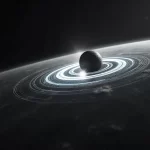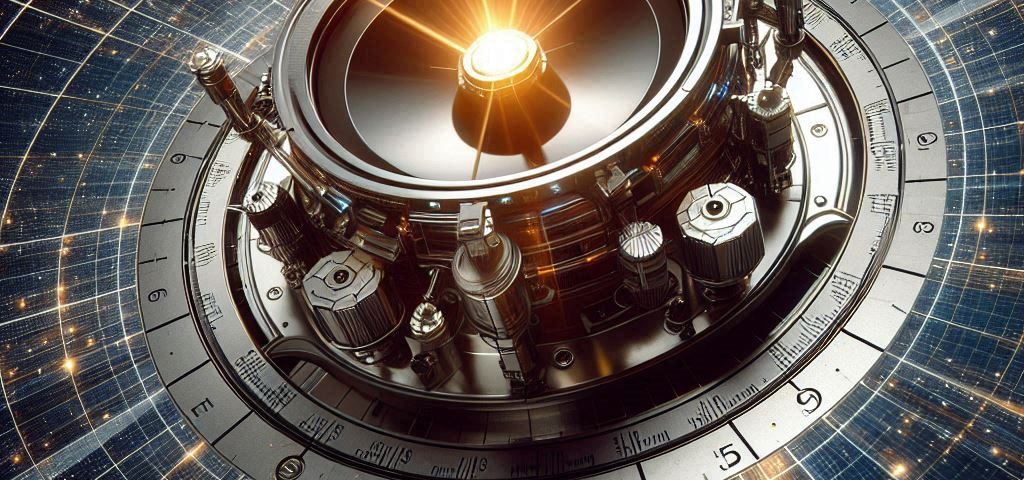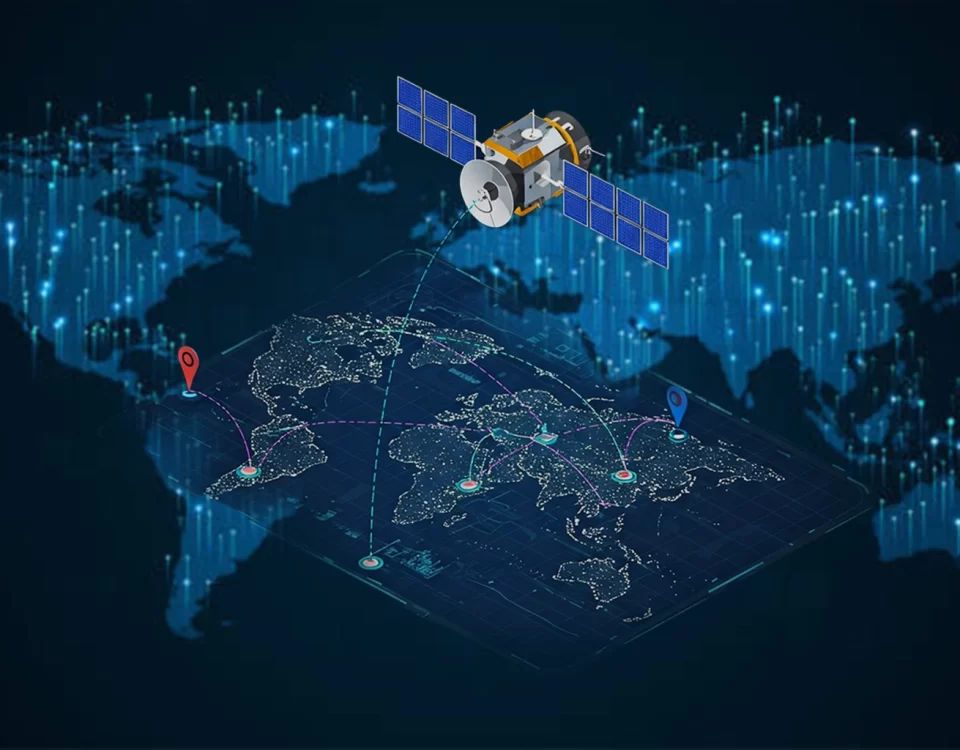
how to calibrate a 3-axis magnetometer for satellite attitude determination
February 9, 2025
requirements for an OBC for a deep space mission
February 15, 2025Satellites need to know exactly which way they’re pointing for many important jobs, like taking pictures of Earth, communicating, doing science, and navigating. Sun sensors are key tools for figuring this out, especially when the satellite first starts up and when it needs to point directly at the sun. This essay will explain how these precise sun sensors work, the different kinds, what can go wrong with them, how they’re calibrated, and why they’re so important for accurate satellite pointing.
The Importance of Sun Sensors in Satellite Pointing
Sun sensors tell a satellite exactly where the sun is. This is crucial for several reasons:
- Finding its way: When a satellite is first launched, it’s often tumbling with no idea which way is up. Sun sensors help it quickly figure out where the sun is, a vital first step.
- Pointing at the sun: Many satellites, especially those relying on solar power, need to point directly at the sun. Precise sun sensors make this possible.
- Backup system: If other systems that help the satellite know its orientation break down, sun sensors can act as a backup.
- Checking other systems: The information from sun sensors can be used to make sure other orientation-tracking tools, like star trackers and magnetometers, are working correctly.
Working Principles of Sun Sensors
Sun sensors generally work in a few different ways:
- Photodiodes: These sensors use light-sensitive components (photodiodes) to measure sunlight intensity. By comparing how much light hits different photodiodes, they can figure out the sun’s direction. These types of sensors can be made to have different fields of view and levels of accuracy.
- Star Trackers: Some star trackers, which normally pinpoint stars for very precise orientation, can also detect the sun. They use part of their light-detecting sensor to get a rough idea of where the sun is.
- Digital Sun Sensors: These sensors use a mask with a specific pattern of holes and a set of photodiodes. The way the light shines through the holes onto the photodiodes creates a code that tells the sensor exactly where the sun is. These are very accurate and reliable.
Types of Sun Sensors
There are a few ways to categorize sun sensors:
- Coarse vs. Fine: Coarse sun sensors have a wide view and medium accuracy, good for initially finding the sun. Fine sun sensors are much more precise, used for accurately pointing at the sun, but they usually have a narrower view.
- Analog vs. Digital: Analog sun sensors send out a signal related to the sun’s angle. Digital sun sensors send a code that directly tells the satellite the sun’s direction. Digital sensors are generally more accurate and less affected by noise.
Error Sources in Sun Sensors
Sun sensors aren’t perfect and can have a few problems:
- Bias: The readings might be consistently off by a certain amount.
- Scale Factor: The measured angle might be a little too big or too small.
- Non-Linearity: The relationship between the sensor’s signal and the actual sun angle might not be perfectly straight.
- Temperature: Changes in temperature can affect how the sensor works.
- Stray Light: Light from things other than the sun (like the Earth or parts of the satellite) can confuse the sensor.
- Alignment: If the sensor isn’t perfectly aligned with the satellite, the readings will be off.
- Noise: Random electrical noise can make the measurements less accurate.
Calibration of Sun Sensors
Making sure sun sensors are accurate requires calibration, which can be done in a few ways:
- Before Launch: This involves using a special light source (sun simulator) or observing the sun in a controlled setting. This helps figure out things like bias, scale factor, and non-linearity.
- In Orbit: After the satellite is launched, further calibration can be done. This fine-tunes the pre-launch calibration and fixes any errors that might have happened during launch or because of the space environment. This often involves comparing the sun sensor data to data from other orientation-tracking tools.
- Self-Calibration: Some sophisticated sun sensors can calibrate themselves by observing the sun from different angles and using that information to calculate the errors.
High-Precision Sun Sensor Design Considerations:
Designing very precise sun sensors requires careful attention to a few things:
- Sensor Layout: How the light-detecting parts are arranged is key to accuracy and how much of the sky the sensor can see.
- Materials: The materials used must be stable even with temperature changes and resistant to damage from space radiation.
- Electronics: The electronics need to be quiet (low-noise) and process the signals accurately.
- Temperature Control: Keeping the sensor at a stable temperature helps prevent errors caused by temperature changes.
- Blocking Stray Light: Good design is needed to block unwanted light so the sensor only sees the sun.
Integration with Attitude Determination and Control Systems (ADCS)
Sun sensor data is usually combined with information from other tools like star trackers and gyroscopes to get a complete and accurate picture of the satellite’s orientation. The satellite’s control system uses this information to keep the satellite pointed correctly. Special math (like Kalman filtering) is often used to combine the data from all these different sensors.
Future trends in sun sensor technology
Looking ahead, sun sensor technology is likely to improve in these ways:
- Smaller Size: Sun sensors will become smaller and lighter, which helps reduce the overall size and weight of the satellite.
- Combined Sensors: Sun sensor features might be built into other sensors, like star trackers, so fewer separate devices are needed.
- Smarter Sensors: Adding small computers to sun sensors will allow them to process signals and calibrate themselves onboard.
- Better Accuracy: Scientists are always working on new designs and calibration methods to make sun sensors even more accurate.
Precise sun sensors are crucial for satellites to know exactly where they’re pointed. They’re vital for a satellite’s initial startup, pointing directly at the sun, and even as a backup if other systems fail. By understanding the problems that can arise with these sensors and using good calibration methods, they can work much better. Future improvements like making them smaller, combining them with other sensors, and increasing their accuracy will be essential for future space missions that require even more precise pointing. Combining advanced sensor design, clever calibration, and seamless integration with the satellite’s control systems will lead to even more accurate and dependable satellite pointing.




